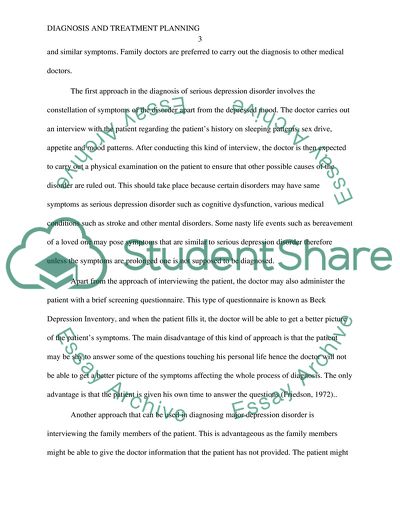Cite this document
(Diagnosis and Treatment Planning Research Paper, n.d.)
Diagnosis and Treatment Planning Research Paper. Retrieved from https://studentshare.org/health-sciences-medicine/1776484-diagnosis-and-treatment-planning2
Diagnosis and Treatment Planning Research Paper. Retrieved from https://studentshare.org/health-sciences-medicine/1776484-diagnosis-and-treatment-planning2
(Diagnosis and Treatment Planning Research Paper)
Diagnosis and Treatment Planning Research Paper. https://studentshare.org/health-sciences-medicine/1776484-diagnosis-and-treatment-planning2.
Diagnosis and Treatment Planning Research Paper. https://studentshare.org/health-sciences-medicine/1776484-diagnosis-and-treatment-planning2.
“Diagnosis and Treatment Planning Research Paper”, n.d. https://studentshare.org/health-sciences-medicine/1776484-diagnosis-and-treatment-planning2.


